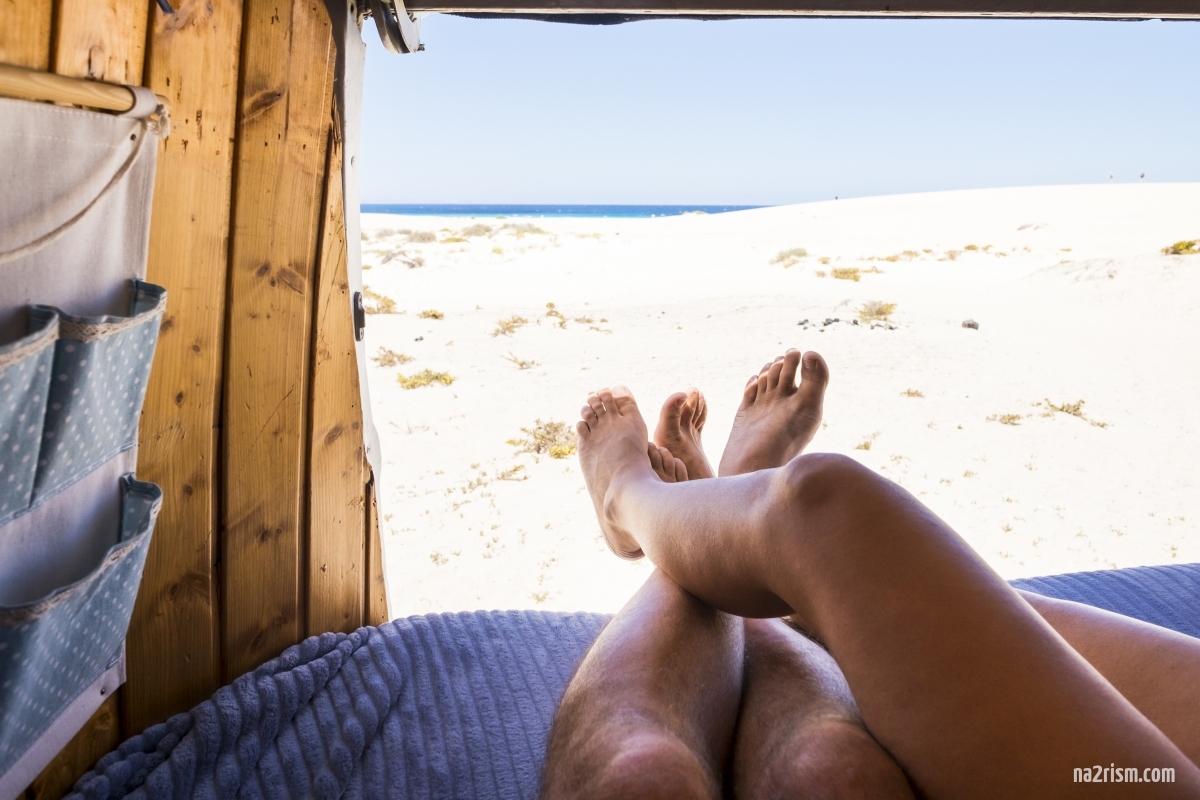Naturism, or the practice of being nude in a social or recreational setting, has been around for centuries. Despite its long history, there are still many myths and misconceptions about naturism that persist today. Here are some of the most common:
Myth 1: Naturism is all about sex.
This is perhaps the most pervasive myth about naturism. While it is true that nudity can be a sexual experience for some people, naturism is not inherently sexual. In fact, many naturists view their practice as a way to disconnect from sexualized images of the body and focus on physical and mental health. Naturism is about being comfortable in one’s own skin and enjoying social and recreational activities without the barrier of clothing.
Myth 2: Naturism is illegal.
This myth is often perpetuated by people who are unfamiliar with naturism. In reality, nudity is legal in many places, as long as it is done in a private setting or in designated public spaces. Many countries have laws that protect the rights of naturists to practice their lifestyle without fear of persecution or harassment. However, it is important to research local laws and regulations before engaging in naturist activities to avoid legal trouble.
Myth 3: Naturism is only for exhibitionists or nudists.
This myth is based on the assumption that people who practice naturism are seeking attention or are exhibitionists. While there are certainly some people who enjoy being nude in public for the attention it brings, most naturists are simply looking for a way to enjoy social and recreational activities without the discomfort of clothing. Naturism is not about showing off one’s body; it is about accepting one’s body and enjoying life without the constraints of clothing.
Myth 4: Naturism is only for young, attractive people.
This myth is based on the idea that only people with “perfect” bodies are comfortable being nude in public. In reality, naturists come in all shapes, sizes, and ages. Naturism is not about having a perfect body; it is about accepting one’s body as it is and enjoying social and recreational activities without the pressure to conform to societal beauty standards.
Myth 5: Naturism is unsanitary or unhygienic.
This myth is based on the assumption that being nude in public is inherently unclean. In reality, naturist clubs and resorts have strict hygiene standards and rules about personal cleanliness. Many naturists also view nudity as a way to improve personal hygiene, as it allows the skin to breathe and reduces the risk of infections or rashes.
Myth 6: Naturism is only for warm weather or tropical locations.
This myth is based on the idea that naturism is only possible in warm, sunny locations. In reality, naturist activities can take place in any weather or climate, as long as appropriate clothing and shelter are available. Naturists in colder climates may engage in activities such as snowshoeing or cross-country skiing, while those in warmer climates may enjoy water sports or beach volleyball.
In conclusion, naturism is a lifestyle that has been misunderstood and misrepresented for centuries. While there are certainly some people who engage in naturist activities for sexual reasons, the vast majority of naturists view their practice as a way to improve physical and mental health, connect with nature, and enjoy social and recreational activities without the constraints of clothing. It is important to educate oneself about naturism and dispel the myths and misconceptions that surround it in order to fully appreciate and understand this unique lifestyle choice.

